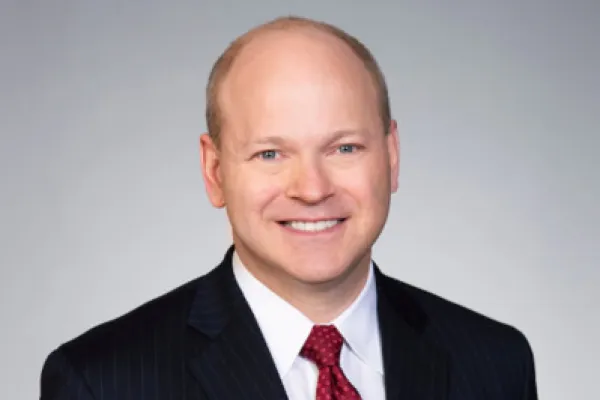I’ve had quite a few conversations over the past few weeks on the feasibility of joining up a for-profit commercial investment mandate with a social or impact objective. In part, the interest among my friends and colleagues stems from the growing list of countries that are launching sovereign development funds, or SDFs. (See Ireland and Quebec, which announced new funds just last week). It also stems from a frustration among many family offices and high-net worth peeps with the state of “impact investing.” In both cases, (SDFs and FOs), a growing number of people are wondering if there isn’t a better way to maximize social and financial IRR... and do it without cratering into oblivion.
But how do you do it? Personally, I think there are times, places and industries where a dual mandate offers a unique opportunity to provide a virtuous cycle of investment and development. And this virtuous cycle can compound development, growth and (we hope) financial returns. And without the dual-mandate investor providing the initial spark, perhaps this growth would never take place and the returns would never be captured?
It’s all very conceptual and heady stuff.
I’ve grown particularly interested in this topic over the past year or so. In large part, I’m interested because I’m worried; I don’t want to see at-risk societies wasting their precious resources. And that’s a very real concern, as running an SDF is hard. In fact, it’s reasonable to suggest it's twice as hard than a traditional SWF.
As a result, we at Stanford are doing a research project in the coming year on SDFs, focusing on the principles and polices for their governance and management. Part of the reason we're doing this project stems from the realization that there's not all that much out there that talks about executing on dual-mandates (or at least gets us far beyond a simple of integration of an ESG overlay). (If you know of great research on this topic, please send it to me.) But, in addition, I also want to do this project because I think (as I alluded to above) that there are times and places when an SDF or an impact fund can do very well financially.
For example, I think funds like the RDIF can do very well by focusing on a commercial-only mandate within a set of constraints that are designed to generate social and development objectives. Right now... that's my favorite model. But I think there are other more nuanced mechanisms out there that are worth exploring. And that’s one of the things I’ll be doing in the year ahead...
(Note: In a recent blog post, I laid out some of my thoughts on how an SDF could be set up. Feel free to ping me with comments or critiques.)






